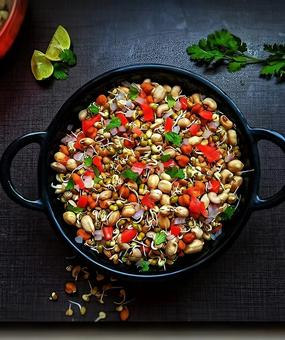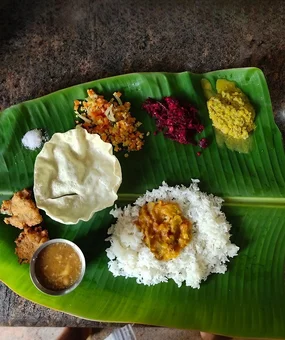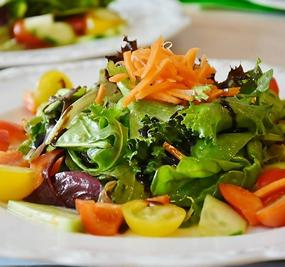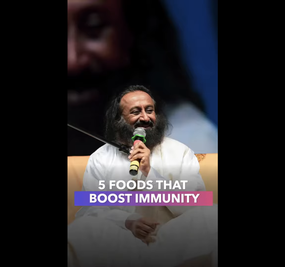I remember my elder sister returning home mid-day from school due to menstrual cramps. My mother would worry when I had monthly cycles. But I never felt the cramps in the initial years. My friends shared similar experiences to my sister.
The Indian statistics of menstrual cramps are alarming!
Facts on menstrual pain
The prevalence of dysmenorrhea (menstrual cramps) in India was 70.2% in 2016. Most of the research subjects experienced pain for the first day or 1-2 days during their monthly cycles.
Severe menstrual pain is the leading cause of school absenteeism in adolescents and college-age ladies. Working women and homemakers often face difficulty in coping with their workload during their monthly cycles.
Importance of a good diet during periods
The body undergoes a lot of changes during periods. Rising hormone levels trigger oil (called sebum) production, which clogs pores and causes pimples before your period. The loss of blood can cause iron deficiency. Jatharagni (internal digestive fire) slows down during periods.
A good diet for having healthy periods and regaining lost nutrients is of utmost importance to avoid anemia and weakness.
What kind of food helps in pain relief?
Water
Research findings suggest that water intake might have a modifying role in reducing menstrual bleeding duration, pain killer utilization, and pain intensity during the menstrual period. Hydration alleviates symptoms of bloating and relieves water retention, which is common in periods.
You can increase the water intake by flavoring it with fruit, herbs, or spices or have dairy or plant-based milk, soup, and juicy fruits like sweet lime, oranges, watermelon, and cucumber.
Herbs and Spices
- Fennel, Ginger and Dill seeds are effective in reducing pain
- Cinnamon reduces pain, menstrual bleeding, nausea and vomiting
- Cumin reduces systemic responses like cold sweats, backache, fatigue and cramps
- Chamomile has anti-inflammatory, antispasmodic and anti-anxiety effects
- Turmeric has the active compound Curcumin which has anti-inflammatory effects
- Cooling herbs like coriander and cilantro are good for women with pitta.
Eat anti-inflammatory foods
Foods that decrease inflammation in the body will help tame menstrual cramps. These foods include fruits (apples, mangoes, berries, oranges), vegetables (spinach, carrots, sweet potatoes), whole grains (brown rice, wheat), legumes (beans, peas, lentils), nuts, and seeds.
Use locally available food items
Foods grown and harvested locally get more time to ripen, and so they might have a higher nutrient value. Produce such as broccoli, green beans, kale, red peppers, tomatoes, apricots and peaches are susceptible to nutrient loss when harvested and transported from longer distances. In contrast, heartier ones like apples, oranges, grapefruit and carrots retain their nutrients even if they travel long distances.
Iron-rich foods
Iron helps build up hemoglobin, the carrier of oxygen in the blood. The loss of this can lead to fatigue and shortness of breath. During periods to make up for the monthly loss of blood, it is vital to replenish iron. Make iron-rich foods, including leafy vegetables like spinach, almonds, lentils, kidney beans, chickpeas, etc., a part of your daily diet. Citrus fruits or vegetables should be consumed before taking iron-rich food to help maximize absorption.
Digestible light food
Light food is recommended so that the digestive system is not stressed as the internal digestive fire is low in periods. Eat light, cooked and warm food at preferably the same time every day to combat symptoms including heaviness, flatulence, diarrhea and constipation.
Depending on your prakriti (vata, kapha, pitta) you can eat food that helps easy digestion.
The bottom line
Take good care of yourself to bring down the curtain of your ‘Period Drama’.
The Wellness Program is a roadmap designed for a healthy body and mind.
I want to improve my health!
Based on inputs by Bindu Bansal, Faculty, Project Pavitra
Written by: Pratibha Sharma




















